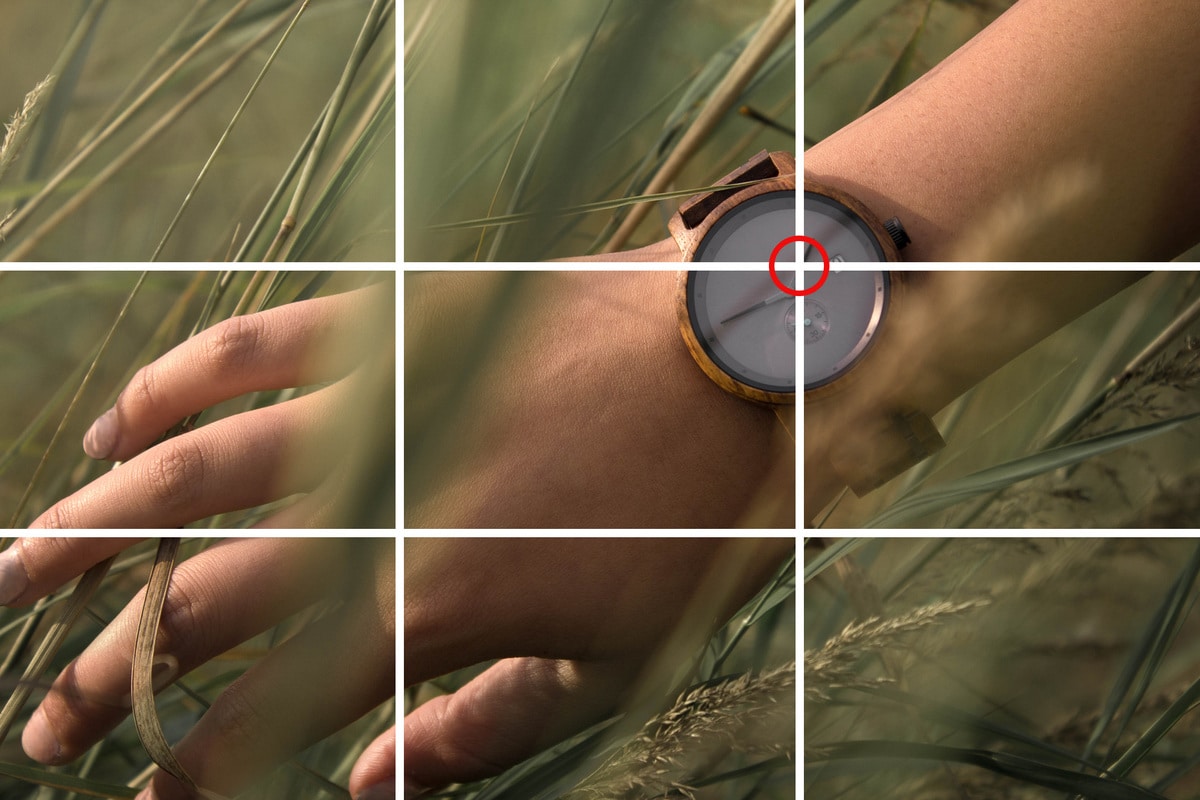Rules Of Photography Composition
Hey there, photography enthusiasts! You must be thinking, "Rules of photography composition? Boring!" Well, let me tell you, this is going to be anything but boring. In fact, these rules will take your photos from ordinary to extraordinary. So, grab your camera and let’s dive right in!
Rule #1: The Rule of Thirds
What is it?
This is the most basic rule of photography composition. Imagine a grid of tic-tac-toe lines on your camera's viewfinder. You should align the subject of your photo along these lines to create a more dynamic and interesting image.

Why does it work?
Your eyes are naturally drawn to points of intersection, and by placing your subject there, you create a visual flow that keeps the viewer engaged.
Rule #2: Leading Lines
What are they?
This is a compositional technique that uses lines within a photograph to draw the viewer's eye towards the subject.

Why do they work?
Lines naturally create a sense of motion and direction, and using them to lead the eye towards your subject creates a more dynamic and interesting image.
Rule #3: Framing
What is it?
Framing involves using elements within the scene to create a border around the subject.

Why does it work?
By creating a frame within the image, you draw the viewer's eye towards the subject and provide context for the scene. It can also create a sense of depth and layering within the photograph.
Rule #4: Symmetry
What is it?
Symmetry is when the elements within a photograph are balanced and harmonious on either side of the image.
Why does it work?
Our brains are naturally drawn to harmony and balance, and utilizing symmetry in your photography creates a pleasing and calming effect.
Rule #5: Negative Space
What is it?
Negative space is when the subject of the photograph is surrounded by empty space that adds depth and emphasizes the subject.

Why does it work?
By surrounding the subject with negative space, you create a focal point and draw the viewer's eye towards the subject. It also adds depth and dimension to your photograph.
So, how do you apply these rules to your photography?
Great question! Here are some tips and ideas to get you started:
Tips:
- Practice, practice, practice!
- Experiment with different angles and perspectives.
- Study the work of other photographers and analyze how they use these compositional techniques.
- Think about your subject and what mood or feeling you want to convey.
- Don't be afraid to break the rules – sometimes the most interesting images come from breaking traditional compositional rules.
Ideas:
- Try taking a photo of a subject using each of the five compositional techniques.
- Photograph a landscape and use the rule of thirds to create a dynamic foreground and background.
- Take a portrait and use framing or leading lines to draw attention to the subject's face.
- Use negative space to create a minimalist and striking image.
- Take a symmetrical photo and play with reflections or mirroring effects to create something unique.
How to:
Now that you have some ideas, it's time to put them into action! Start by choosing a subject and decide which compositional rule will best convey your message. Experiment with different angles, distances, and lighting until you find the perfect shot. Remember to engage your creativity and don't be afraid to try something new!
Rules Of Photography Composition - Who knew that following rules could be so much fun? By utilizing these compositional techniques, you'll be able to take your photography to the next level and create images that are dynamic, interesting, and truly memorable. So, pick up your camera and start composing – the possibilities are endless!Read more articles about Rules Of Photography Composition
Post a Comment for "Rules Of Photography Composition"